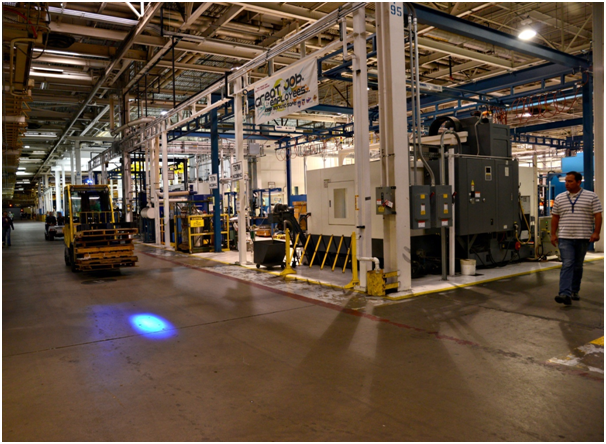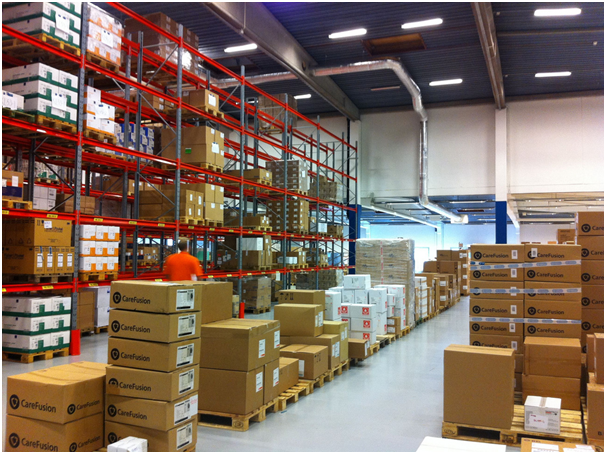All injuries at work – even the minor ones – come at a cost to the organization. This cost can be in terms of time (of the injured person, those treating them, any staff involved in the ‘clean-up’ and the investigation that follows), or money (if the injured party or their loved ones seek compensation).

Prevalence
137 workers were killed at work in 2016/17, of which 30 worked in construction, 27 in agriculture and 19 in manufacturing.
Health and safety theory
The traditional approach to health and safety in the workplace is known as ‘behaviour-based safety’ and was devised in the 1930/40s. This approach suggested that the only way to reduce accidents at work was to change the behavior of those who caused/were involved in accidents. These days, this approach is considered out of date and ineffective for three main reasons:
– External factors are ignored. When 100 percent of the blame is put at the feet of the worker, other contributing factors are often ignored. These factors can include gaps in training, communication gaps, or failure to follow inspection protocol/requirements. If these are ignored, there is a greater chance of further incidents occurring.

– Incentivisation. It is thought that incentives can negatively impact safety effectiveness. This can be the case where employees are rewarded for ‘incident-free’ days and are therefore reluctant to report near misses/minor incidents.
– Anonymous observation. This requires workers to report any unsafe behavior they witness their peers carrying out. It can lead to peer pressure and conflict, again meaning incidents may go unreported.
If you are looking for safe, sustainable and value for money industrial shelving in Ireland, check out specialists such as http://www.rackzone.ie/.
The following can help to ensure a strong safety culture:
1. Define safety responsibilities. Each employee should be aware of their own responsibilities; in addition, they should know who is responsible at all levels.
2. Teach to report. Educate workers about the importance of reporting all injuries and near misses.
3. Provide multiple options. Giving employees multiple ways to report their concerns – both anonymously and identifiable – is key. The reporting processes should be as simple as possible.
4. Revamp the investigation system. Ensure that investigation are conducted in a thorough, effective, and fully-inclusive manner.

